Firecracker Brisket—A Not-So-Traditional Rub for a Delicious Meal
Choosing how to season your meat is, let’s face it, one of the joys of barbecue. There are hundreds of quality rubs on the market, you can blend your own, just use salt and pepper, or find a well-thought-out recipe and follow that.
We recently cooked a brisket and took that last path, following the instructions for a great brisket that are outlined in Brad Prose’s excellent new book, Chiles and Smoke. Here, we’ll walk you through the critical temps for this brisket that will help you achieve juicy, tender brisket that’s worth sharing. Plus we’ll give you Brad’s excellent Firecracker Brisket rub recipe. This is one you’re going to want to make a jar of and keep handy for any cook, from brisket to ribs. Let’s dive in!
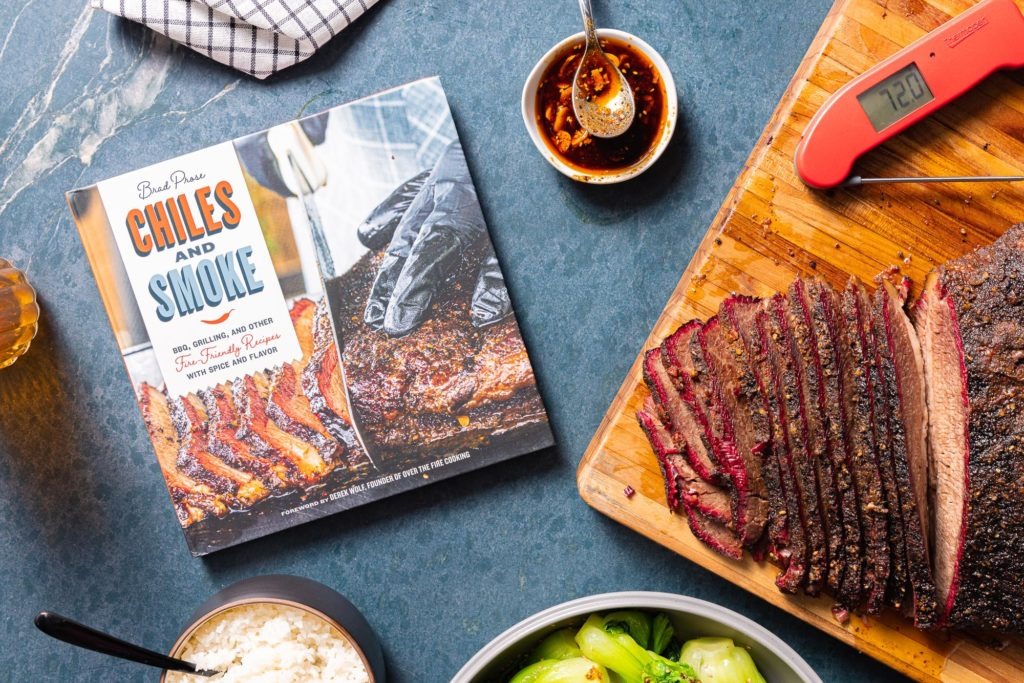
Cooking brisket: critical temps
As we’ve said before, the key to a quality brisket is the proper rendering of both collagen and fat. If we can accomplish both of those tasks without drying the meat out, we will succeed. That can take a long, long time to do, but we want it to be a little faster—because we’re hungry! So some thermal thinking comes into play.
First, start the brisket in the smoker at 250°F (121°C). This is a pretty standard brisket temp, and you can be sure to set the temp right there by monitoring your pit with our Signals™ BBQ Alarm Thermometer with Wi-Fi, or, if you have one, by also using your Billows™ BBQ Control Fan. Run the brisket for about three hours, then spritz the flat.
(Note on probes: Signals comes with an air probe and three Pro-Series® High Temp Cooking Probes, but any of the Pro-Series probes will work. The included probes are great for many uses, but you can specialize your probes for your cook. We used two optional High-Temp Straight Penetration Probes. Take a look at the selection and see what suits your needs best!)
Once the internal temperature of the flat reaches 165°F (74°C), it’s time to wrap this thing. This should be about 5 hours in, so the bark should be well-developed by this point. We’re opting for peach paper in this cook, though you could use foil (foil will make it even faster, but we like the texture of a paper-wrapped brisket more).
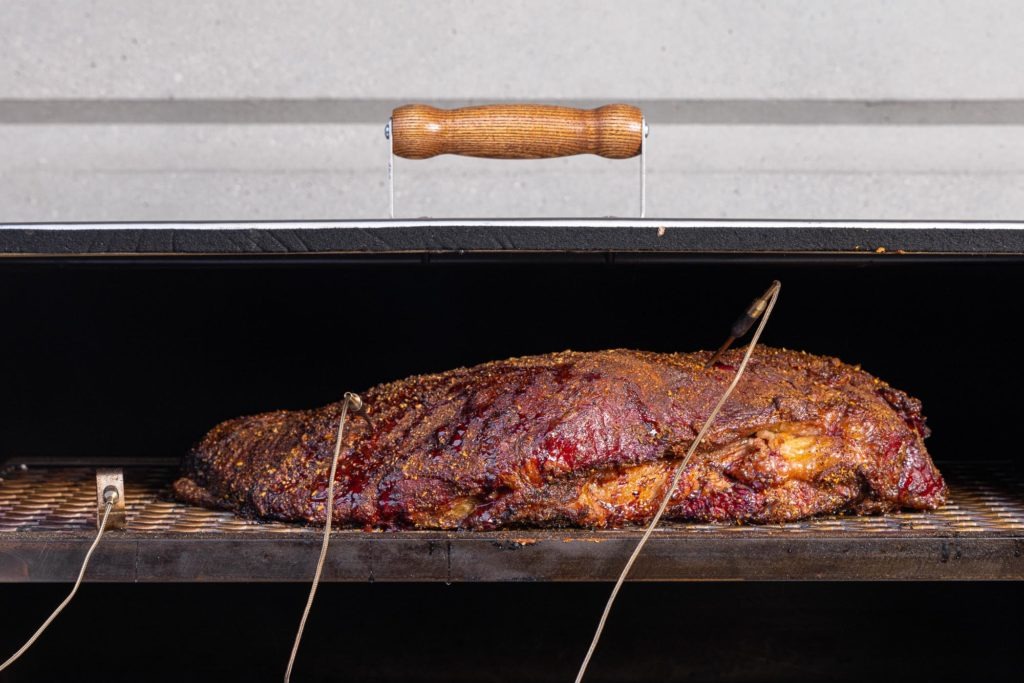
Before you wrap, though, give it a douse with about a half cup (or a little more) of rendered beef tallow. Did we not mention that? Yes! All the fat trimmings from your brisket go into a pan and go in the smoker with the meat to render down during the cook. Strain it and pour some of it onto the surface of your brisket before you wrap. It’s also a good idea to dust a little more BBQ rub on the brisket at this point for a brighter, more distinctive flavor.
Once the brisket is wrapped and put back in the smoker, the probes are re-inserted and the pit temp in cranked up a little to 300°F (149°C). Why? Well, you’re not getting any more smoke flavor in this thing (because it’s wrapped and because the meat has stopped taking smoke in), and with the extra humidity in the wrap, you don’t have to worry as much about the bottom of the brisket drying out. Giving it a little more heat gets you to the table just that much faster.
Once the brisket arrives at the new target temp—203°F (95°C)—check it with your Thermapen® ONE for doneness as well as tenderness. If you don’t find any temps lower than your target, get it off the smoker and into the resting phase.
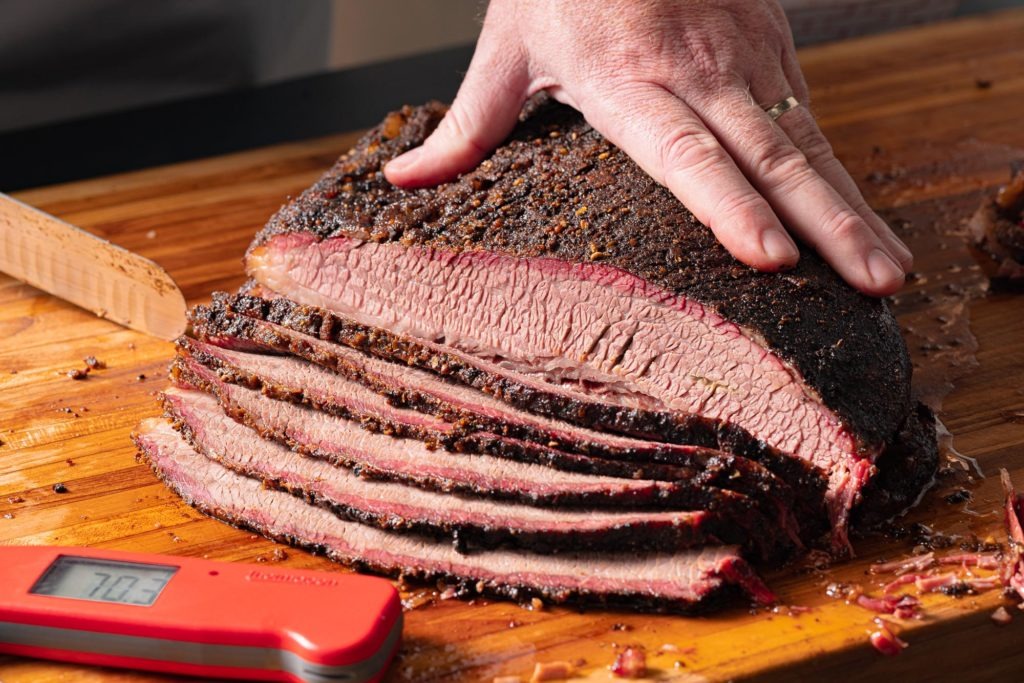
We rest to allow the residual heat in the brisket to continue to melt collagen without pumping any new heat into it. The result is a brisket that is not only easier to slice because it’s a little cooler, but also more tender.
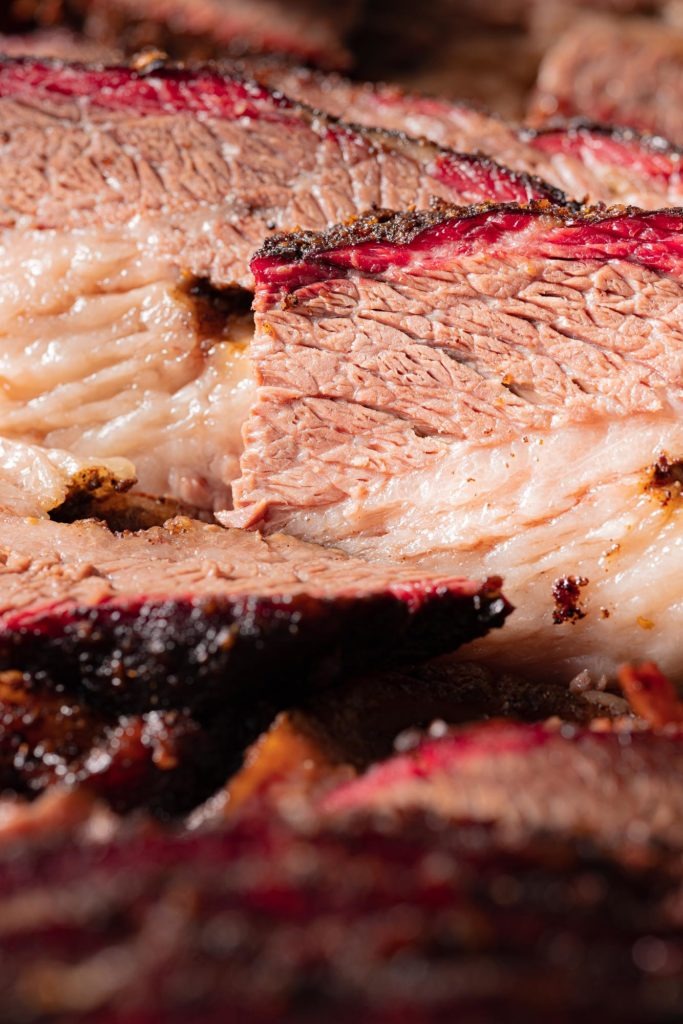
That’s the thermal journey of the brisket and if you can hew close to that, you’ll end up in a good place.
Seasoning the firecracker brisket
Like we said above, sometimes we want a new flavor on our brisket, and Brad Prose of Chiles and Smoke has come up with a great one. This is based on Asian—especially Chinese— flavors. It’s spicy with Korean chili flakes (gochugaru), fragrant with fennel, savory with garlic and black pepper. It’s made one notch more fascinating with the addition of Szechuan peppercorns (the fruit of the prickly ash tree, responsible for the “numbing spice” of that region’s food). The result is a rub that is different enough to notice, but still accentuates the smoked beef flavor that we’re looking for in a good brisket.
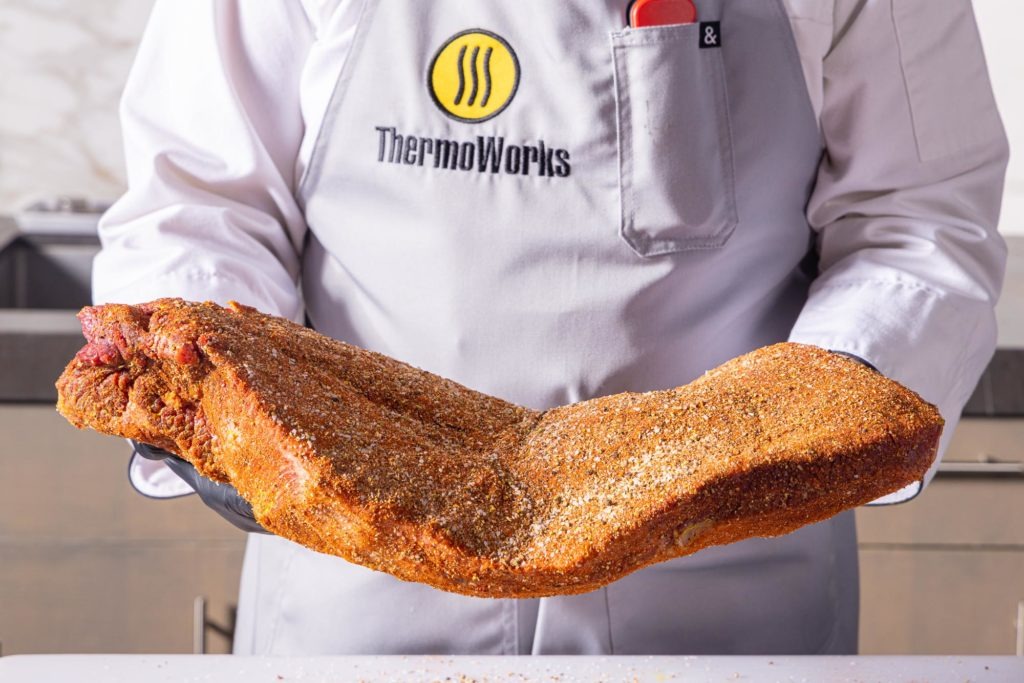
You can mess with the recipe for it a bit, if you like—increase the chili quotient, give it more garlic if you like. But we recommend trying it as-is first. Then make more, because you’re going to want to try it on all your BBQ dishes!
We hope you enjoy this recipe! We thought it was absolutely delicious, and it only took about 11 hours, which is not shabby for brisket! Give it a shot and share it with your friends.
Print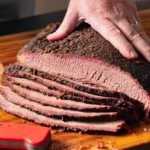
Firecracker Brisket Recipe
Description
Firecracker brisket, adapted from the recipe in Chiles and Smoke by Brad Prose.
Ingredients
- 1 full packer brisket, 12–14 lbs
- 2 Tbsp black peppercorns
- 1 Tbsp Szechuan peppercorns
- 1 Tbsp fennel seeds
- 1 tsp whole mustard seed
- 3 Tbsp gochugaru
- 3 Tbsp kosher salt
- 1 Tbsp white sugar
- 1 tsp garlic powder
- 2–3 Tbsp yellow mustard as binder (optional)
Instructions
Prepare the smoker and the brisket
- Preheat your smoker to 250°F (121°C). Use an air probe connected to your Signals to monitor the temp—set high- and low-temp alarms for 275 and 225°F respectively (135 and 107°C)—and, if using, connect your Billows BBQ control fan to it to maintain a proper temperature.
- Trim the brisket to your liking. Save the trimmings, especially the fat, in a tray to render.
Make the rub
- In a dry skillet, toast the black peppercorns, Szechuan peppercorns, and fennel seeds until they are toasty and very fragrant. Transfer them to a plate to cool.
- Grind the toasted mixture with the mustard seeds in a spice grinder or mortar and pestle until medium-coarse.
- Combine the resulting mixture with the gochugaru, salt, sugar, and garlic powder.
Season the brisket
- If your brisket doesn’t feel moist-tacky enough, rub it with yellow mustard.
- Liberally sprinkle the firecracker rub on the brisket, pressing to adhere. Be generous, but don’t force yourself to use it all. (It’s a good idea to add a little more later on, anyhow!)
Smoke the brisket
- Place the brisket in the smoker and insert two probes—one in the flat, and one in the point—and set the corresponding high-temp alarms on your Signals to 165°F (74°C).
- Place the tray of brisket trimmings in the smoker as well, to render the fat from them.
- Let the brisket smoke for 3 hours, then spritz it with water or cider vinegar.
- Continue to smoke until the internal temperature of the flat reaches 165°F (74°C), about 5 hours.
- When the flat reaches temp, lay the brisket on two overlapping sheets of peach paper.
- Strain and then pour some of the rendered fat (about 1/2–3/4 C) onto the brisket. Apply a light dusting of more of the firecracker rub to the surface of the brisket.
- Wrap the brisket well in the peach paper, put it back in the smoker and re-insert the probes. Set the new high-temp alarms for 203°F (95°C).
- Increase the smoker temp to 300°F (149°C), adjusting the pit-channel alarms accordingly.
- Smoke until the high-temp alarms sound at 203°F (95°C).
- Verify the internal temps with your Thermapen ONE. Check for both temperature and tenderness.
- Remove the brisket from the smoker and allow to rest in a warm environment for at least 1 hour.
- Unwrap the brisket, slice, and serve!


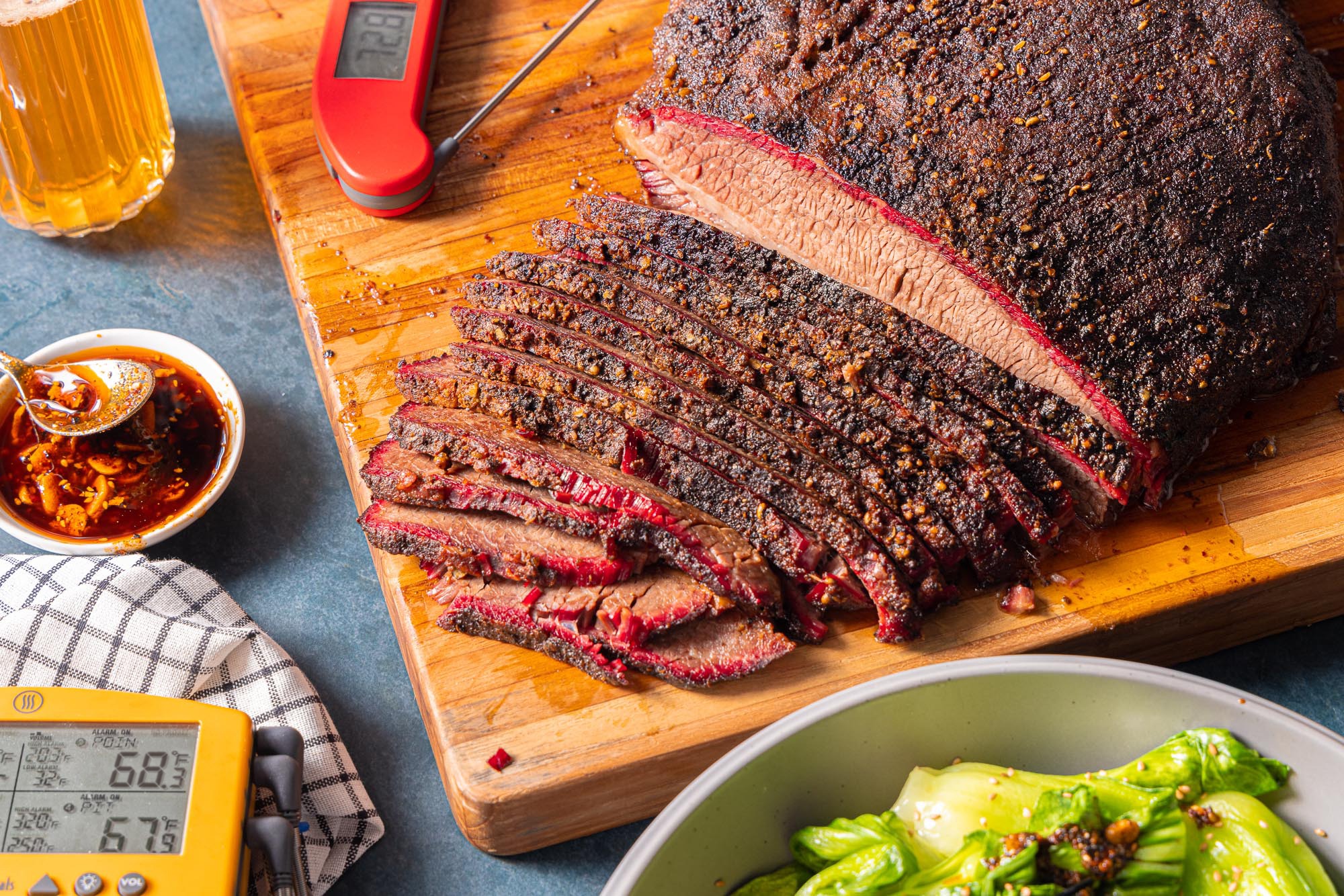
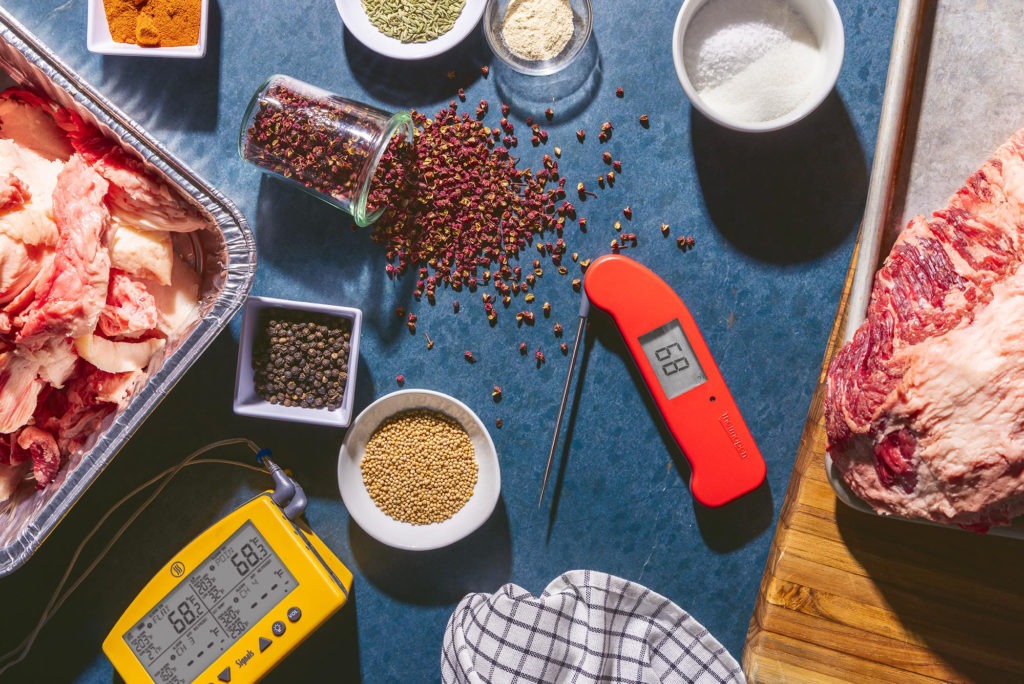
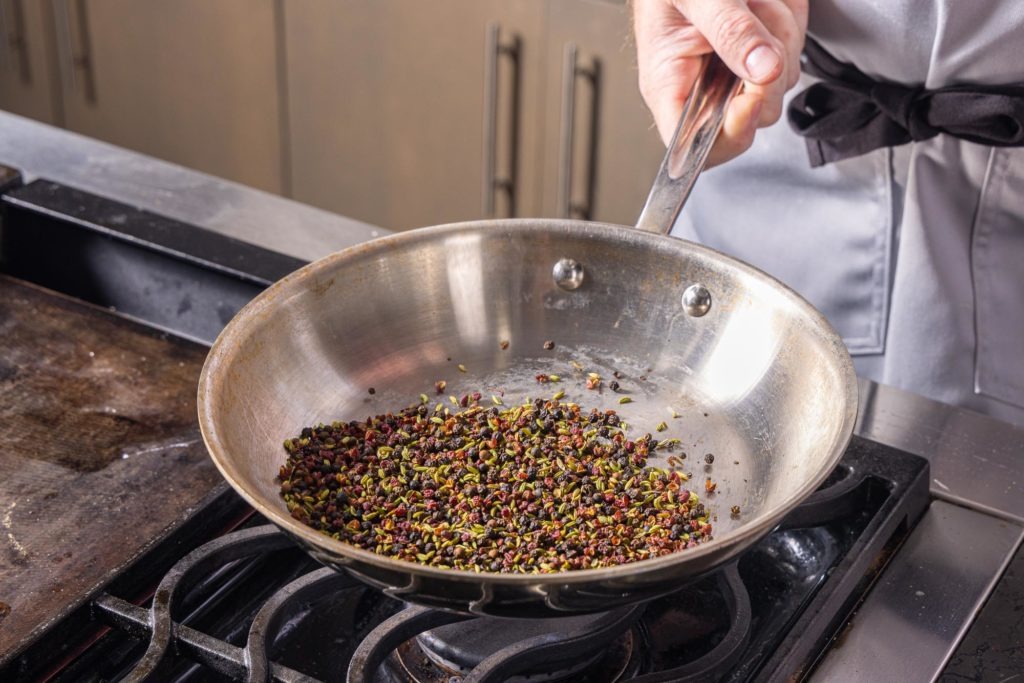
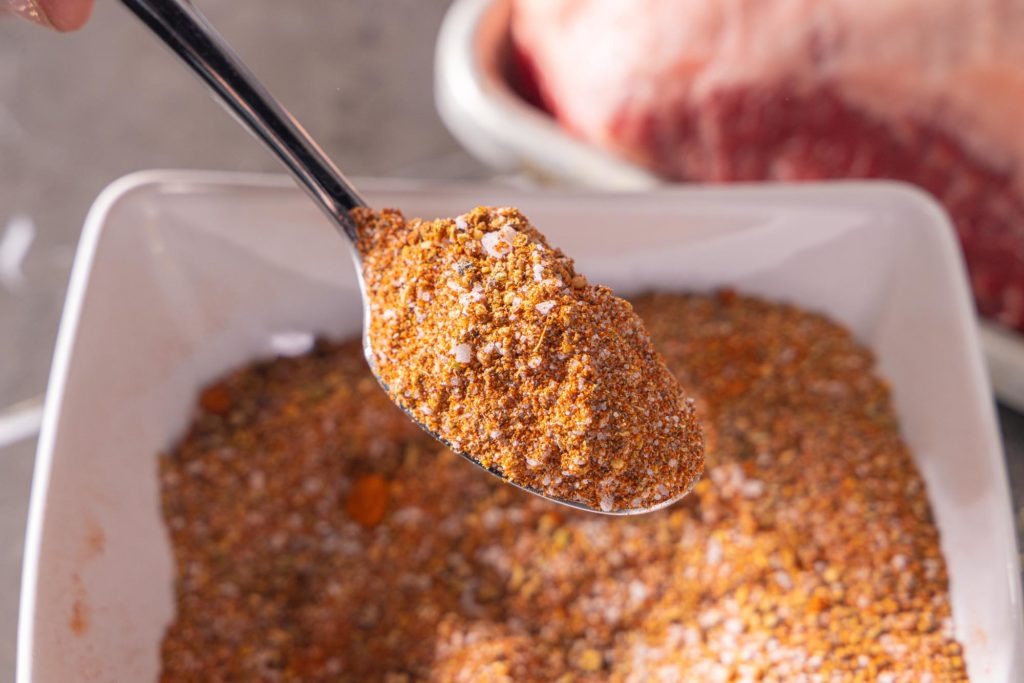
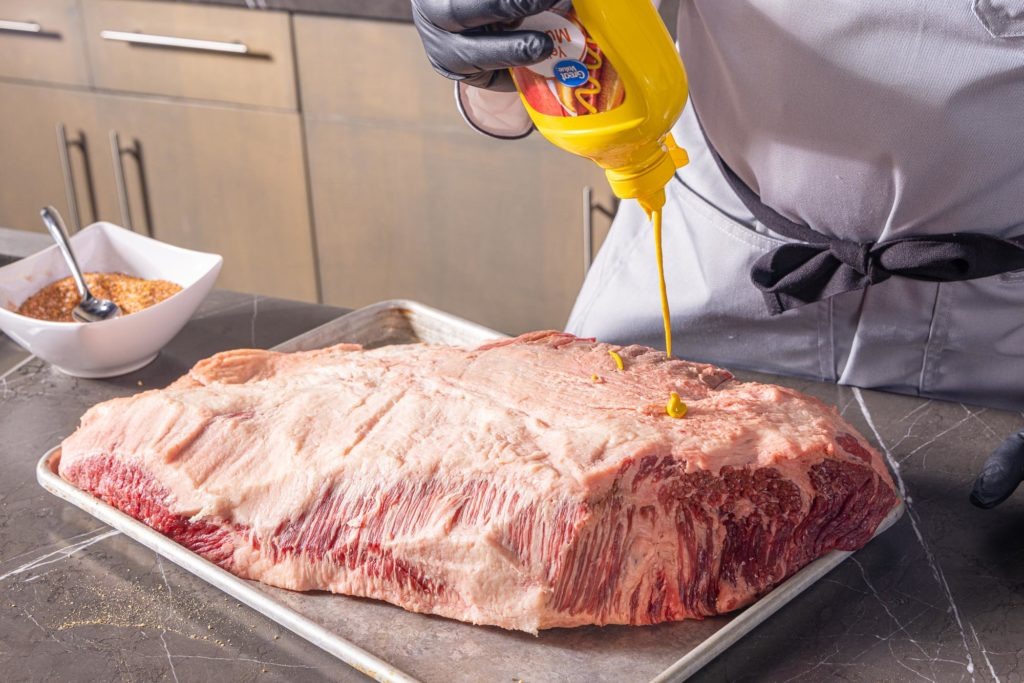
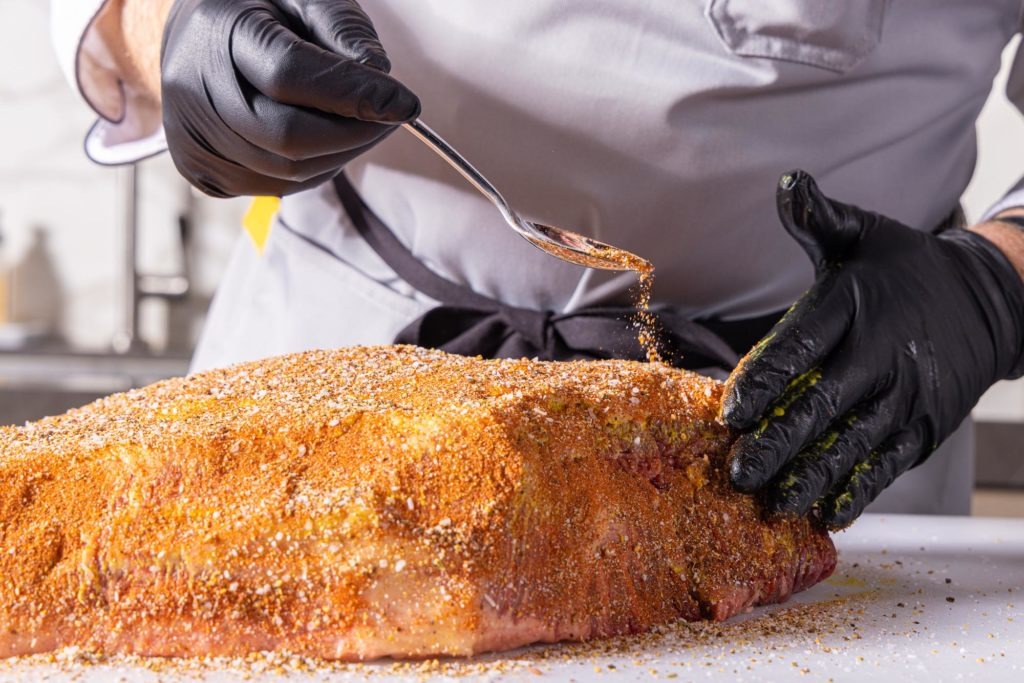
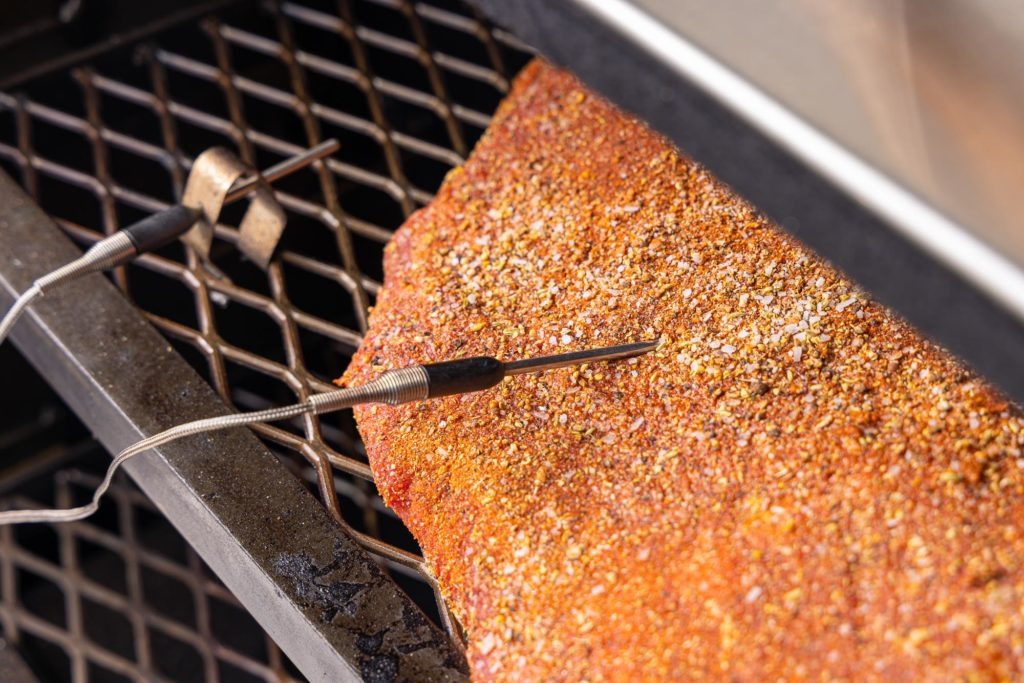
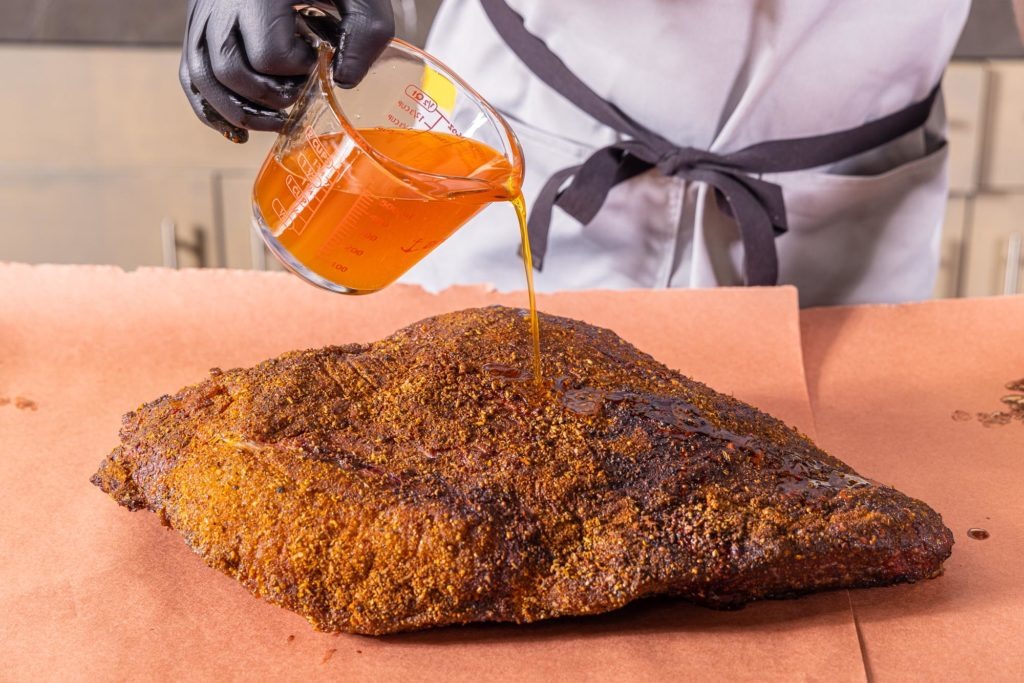
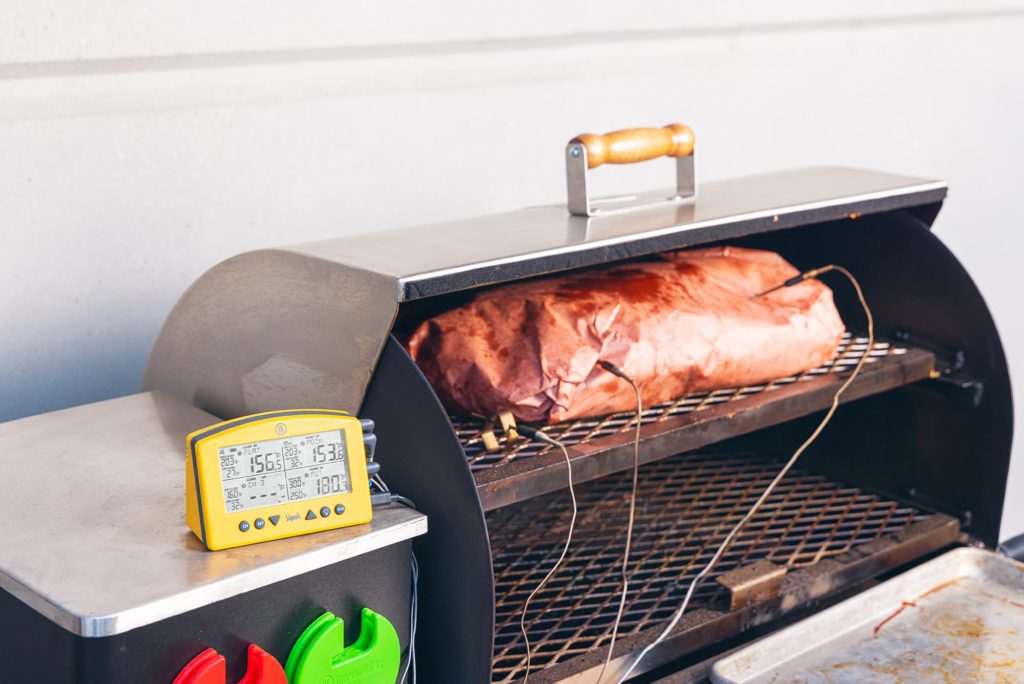
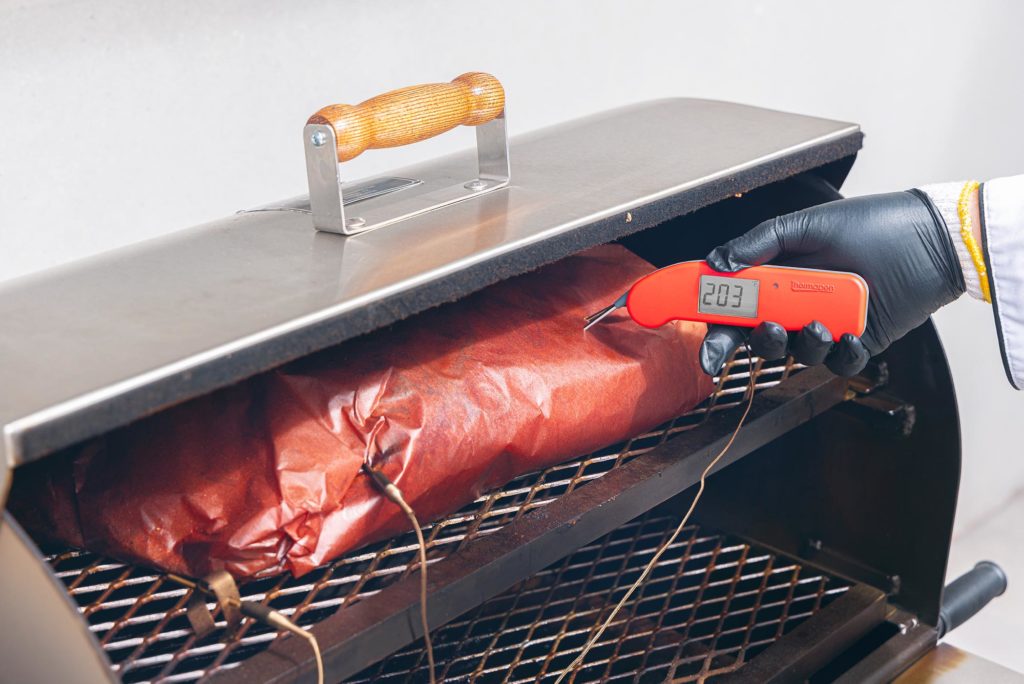
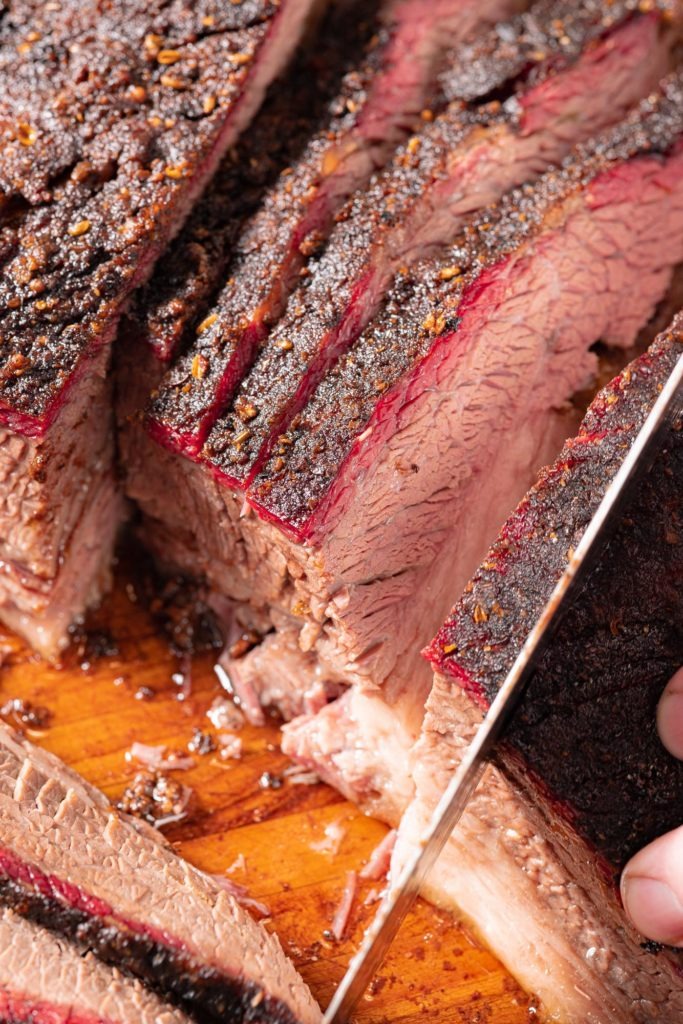
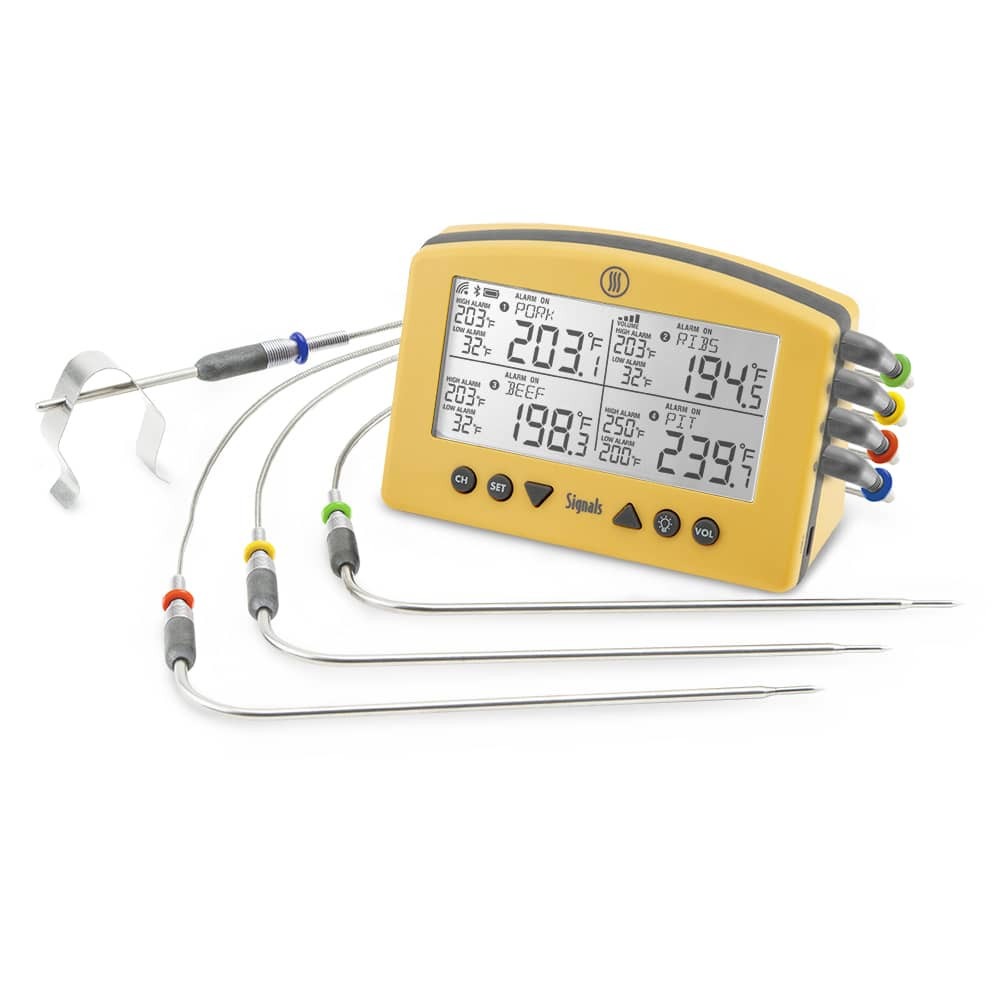

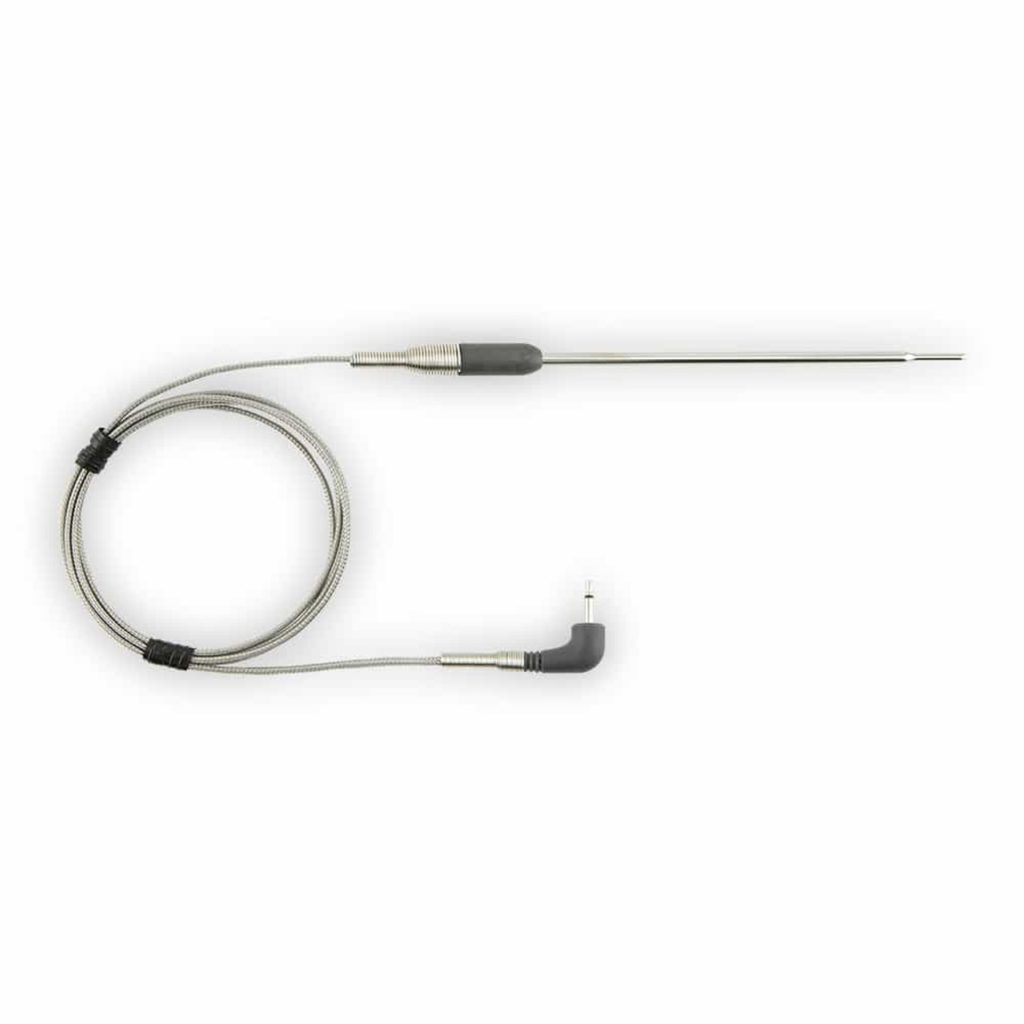
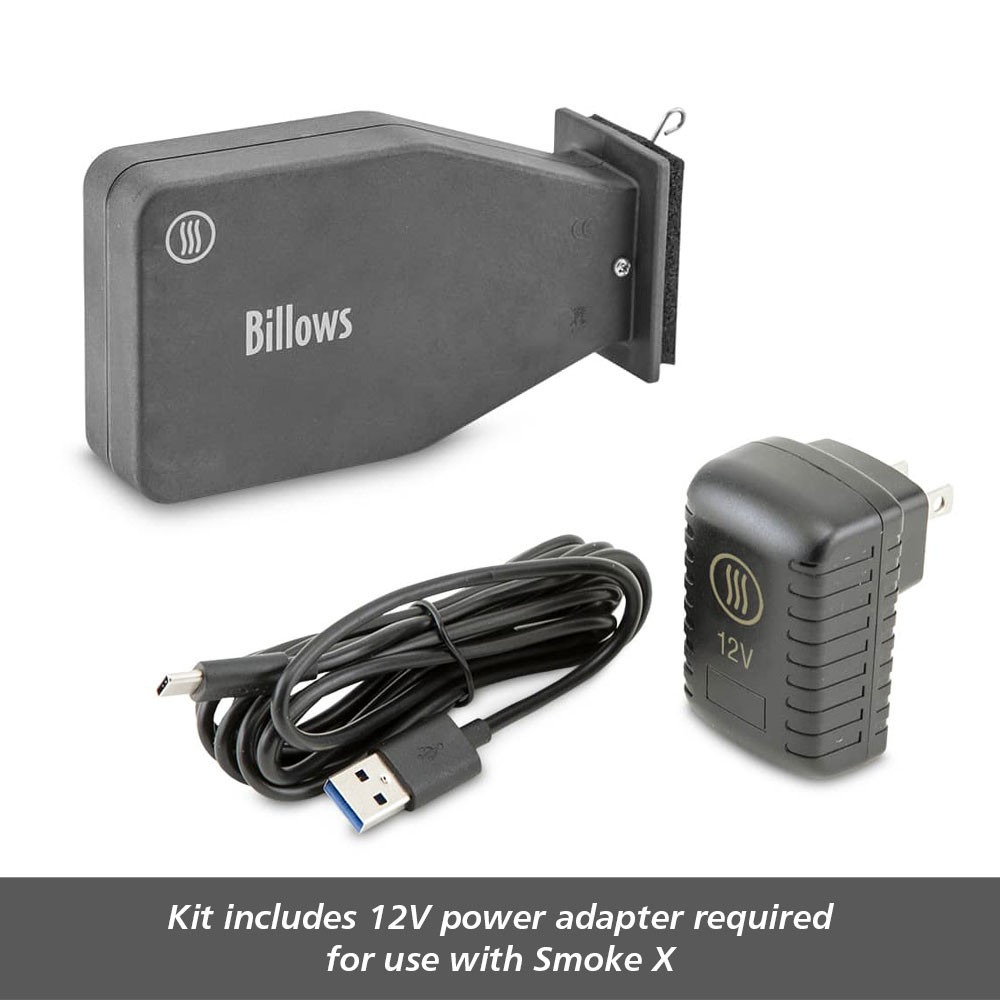
The seasoning mix reads like a winner. What is peach paper?
Peach paper is an uncoated paper used in BBQ and some butcher shops. You can order it by the roll online. Look up ” BBQ peach paper”.
I love the Smoke Thermometer. When my 2nd one died, I bought 2 more! I like having a dedicated receiver that does not tie up my phone.
Once wrapped after the smoke, can I finish the cook in a 300 degree oven (it won’t take any more smoke anyway)?
Of course!
Should we leave the tub on overnight
You can, and it’s great if you do.
Really looking forward to trying this recipe. Just one question can you leave the rub on overnight?
Yes!
Hi – I have smoked brisket, chicken, ribs and steak for past 3 years on my Kamado Big Joe ceramic smoker. Your recipes are interesting and informative with all the photos. Here’s my tip for saving your expensive fuel for wood and pellet smokers. At the wrap stage (highly recommended) finish your brisket in a pre-heated oven at 225-250F. BTU is a BTU and why not save your smoker’s fuel? Your product has already absorbed all the smokey goodness in the 1st half of your cook. Finish in your oven and save $$$.
Obviously this chef is only an occasional brisket novice and not slinging out dozens a day or even a week. First forget all the wrapping with tallow crap. Total waste of time and actually kills the flavor unless you heavily over seasoned. Wrap at 170° min.
Cook until done. This is by feel. 200°-210° is normal range but each one is different.
Resting is where most people screw up. Set oven or resting drawers if you’re lucky to have them. 140° for three to eight hours. This is where the real magic can happen if you let it. Now take all that beef tallow and learn how to incorporate into making flour tortillas.